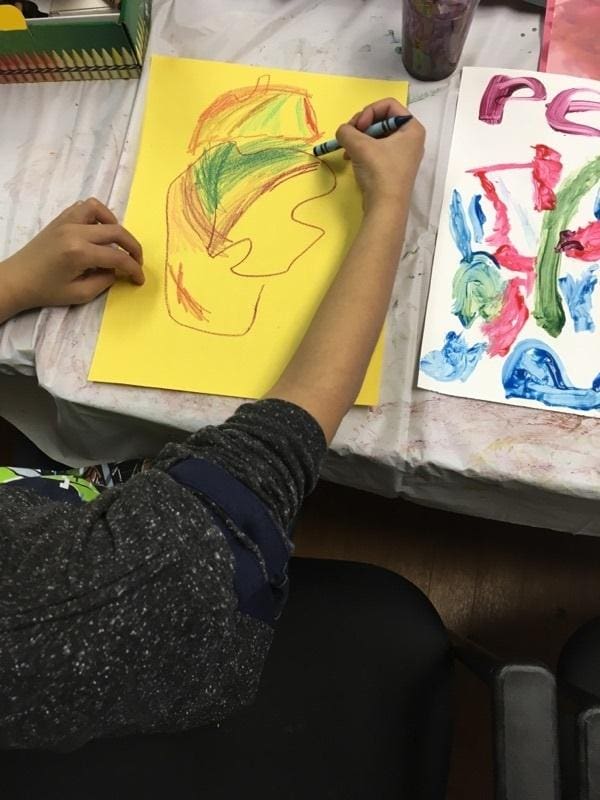I heard this phrase recently from a social worker. When asking about a foster family, she asked if they were a good family or just a “Three Hots and A Cot” home. The phrase startled me. There was no malice or ill-will intended, but she wanted to understand the type of home in which our child had been placed. I was able to immediately answer her back that the home was devoted, supportive, and loving to the two boys. Since hearing that phrase, though, my wheels have been turning. How do we know the difference?
Case managers from our program visit the homes every week for approximately an hour. They meet with the children during that time and touch base with the foster parents. Sometimes the meeting involves more time with the adults, but often it is very child centered. Once a month, a Foster Parent Supervisor (known as a “Family Resource Worker” in many programs) visits just with the foster parent or parents for about an hour. That is roughly five hours total time over the course of a month that folks are checking in on our parents directly. How can we know they are devoted parents with only about five hours of contact time?
Devoted parents show off their children’s art work, school work, and creative creations. The kids tell us stories of what they’ve done as a family and those stories paint a picture of the lives they lead when we aren’t watching. The stories we hear are of making dinner together, going to church, having family movie nights, making birthday cards and gifts for biological family members from whom our children are often separated, doing homework together, sometimes getting consequence for a negative behavior, chaperoning field trips and volunteering as a classroom reader. The stories our kids tell and the memories they share help us know our homes. Case managers see children look to their foster parents for reassurance during a difficult meeting and know that parent has formed a secure attachment to the child. The looks, hand holds, and reassurances are the tell-tale signs we look for, the read-between-the-lines that let us know what happens behind closed doors. In the right homes, there are a lot of good things going on.
Foster parents integrate children into their lives. “Foster kids” aren’t separate members of the household, like a boarder or a guest. Our kids become integrated into the fabric of the family, through the ups and the downs. Families both get along and get upset day in and day out, but the more we hear, the more we know a foster parent is more than a “Three Hots and a Cot” parent; they are a “Three Hugs and a Home” (thanks to our Hillary for this snappy moniker!) parents. “Three Hugs and a Home” parents let children know that they belong, that they are cherished, and that they are worthy of all the good things life has to offer. They hold them tight, hold them up, and hold them accountable. If you are a “Three Hugs and a Home” person, you are our kind of person.
#ThreeHugsAndAHome #OpenHeartsOpenHomes #FosterHopeFosterCare














